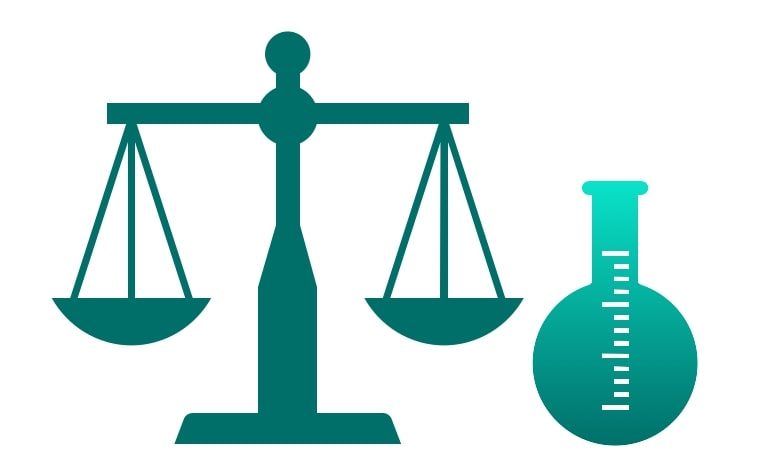Measuring quantity of the chemical compounds is a routine practice in experimental laboratories. However, the compounds are measured in grams to ensure stoichiometric proportion of the reactants. But, how much do we know about the units of molecular weight, relative molecular mass or molecular mass? Units and the way of their expression is often confusing to the beginners specially when the molecular weight of larger molecules like proteins, DNA etc. is required to be measured.

Different units are preferred for the measurement of the compounds depending upon their nature. Molecules like proteins are measured in the unit Dalton, small molecules are measured in terms of their weight and molecules like DNA are expressed in terms of the base pair length.
Molecular weight:
Quantities of the compounds are taken for the experimental purpose and weighed in grams, kilograms etc. But it is expressed in multiple ways theoretically. Firstly, it is expressed in terms of their molecular weight, which is also called as relative molecular mass (Mr). This is defined as ratio of the mass of a particular substance to 1/12th mass of carbon-12 isotope. Being a ratio, the quantity of the molecular weight or relative molecular mass (Mr) is dimension less. Here, the molecular weight of the substance is expressed relative to the mass of carbon-12 isotope.
Molecular mass (Da):
Secondly, the quantity of the compound can also be expressed in terms of molecular mass (m). It can be defined both ways, firstly it can be considered as a mass of one molecule or secondly as the mass of one mole of compound divided by Avogadro’s number. This measurement is not expressed in terms of any reference element and has unit of Dalton (Da). However, practically the mass of one Dalton is equivalent to the calculated mass of 1/12th part of carbon-12 isotope. It is denoted as m and unit is defined as Da.
Let’s understand this with an example, the relative molecular mass or molecular weight of water is 18 (notice that it has no unit mentioned) and molecular mass is 18 Dalton. Similarly, for molecular oxygen, it is 16 Da. Here, molecular weight or relative molecular mass (Mr) does not have any unit whereas molecular mass is expressed in Dalton (Da).
Atomic mass unit (amu):
One more unit is used to express the mass of a ‘single atom’ and is called as atomic mass unit (earlier abbreviated as amu, now ‘u’) and 1 unit is defined as 1/12th mass of carbon-12 atom. The value of 1/12th part of the mass of the carbon atom is 1.6606 × 10−24 g. Thus 1u= 1.6606 × 10−24 g.
From above explanation, it can be understood that all of the mentioned units refer to the same amount of compound but they differ in their respective units.
Read about significance of pH in biochemical reactions
